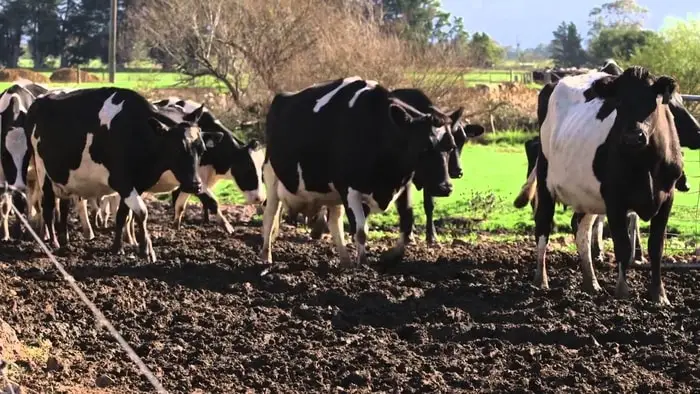Foot-rot in cattle is an infectious disease of farm animals, especially cattle and sheep. The disease is characterized by inflammation of the sensitive tissues of the feet and severe lameness. The disease is also called Interdigital necrobacillosis and Foul in the foot. Foot-rot originates between the claws of the hoof, and it occurs in all ages of cattle. The disease is acute and is a severe condition that can become chronic if treatment is not provided.
Information on Foot-rot in Cattle
Foot-rot is distributed worldwide and is usually sporadic but may be endemic in intensive dairy and beef cattle production. The disease’s incidence varies from weather, grazing period, the season of the year, and housing system. Foot-rot in cattle is increased during wet and humid conditions.
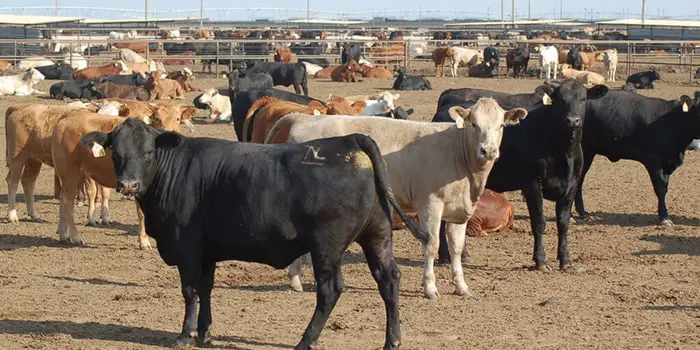
Causes of Foot-rot in Cattle
The disease’s causes can vary and cause by the thinning and softening of the interdigital skin by puncture wounds or continuous exposure to wet conditions, which provides an entry point for infectious agents and bacteria. The bacteria are the possible causative agents of foot-rot are:
- Fusobacterium necrophorum.
- Sphaerophorus necrophorum.
- Bacteroides nodosus.
Bacteroides nodosus has three strains viz. Benign, intermediate, and virulent strains.
Epidemiology and transmission of Foot-rot in Cattle
All ruminants are most susceptible to this disease, and all age groups of cattle are susceptible. The disease is common in adults and importance in dairy cattle; exotic breeds are more susceptible to zebu cattle. The incidence is more in humid conditions. The infection source is the discharges of affected feet and transmission to the abrasions to the skin on the lower part of the feet.
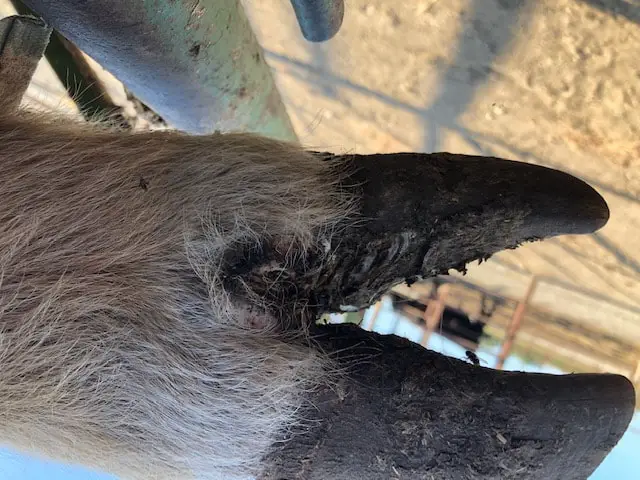
What are the Symptoms of the Foot-rot in Cattle?
The most common and significant signs are as follows:
- Lameness of the affected foot and moderate fever (103-104° F) with anorexia.
- Pus with the foul-smelling discharge with characteristic odor and decrease milk production.
- The swelling of the coronet spreading of the claw and hoof may slough off following secondary infection.
- The animal holds the leg in the air to relieve pressure.
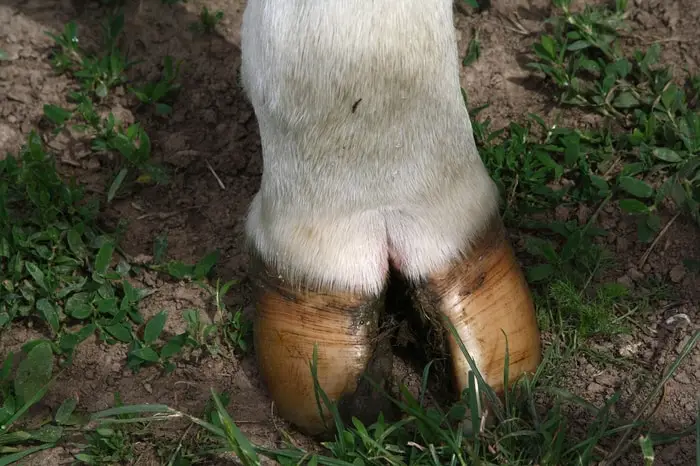
Diagnosis of Bovine Foot-rot
The field diagnosis can be made on:
- History and clinical signs.
- Site of infection-foot.
- Nature of the lesions.
- The smell of the lesion.
Your experts performed the confirmatory diagnosis, and it can be made by isolation and identification of the causative organisms. The bacteriological swab of exudate may be used for Gram’s strained (Gram-positive ) and confirmed by FAT and culture in blood agar.
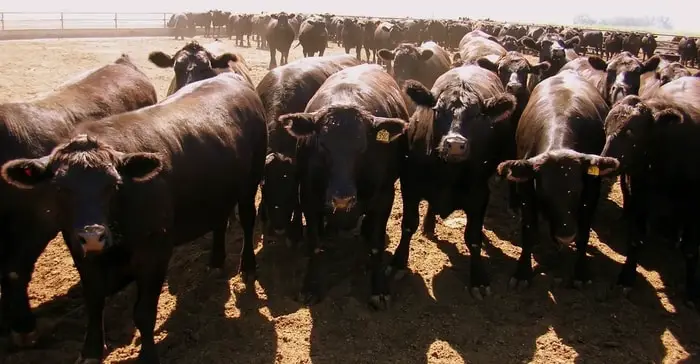
How Do You Treat Foot-rot in Cattle?
You can treat with parenteral administration of antibiotics or sulfonamides. Local treatment of foot lesions includes:
- Procaine penicillin G and procaine penicillin and streptomycin intramuscularly very useful for foot-rot.
- Oxytetracycline and sodium sulfadimidine IV are very useful.
- Local treatment includes Copper sulfate 5% wet pack that is cheap and effective and uses any antibacterial ointment.
- Foot bathing with copper sulfate 5% or formalin 5% or zinc sulfate may be applied by brush to give excellent results.
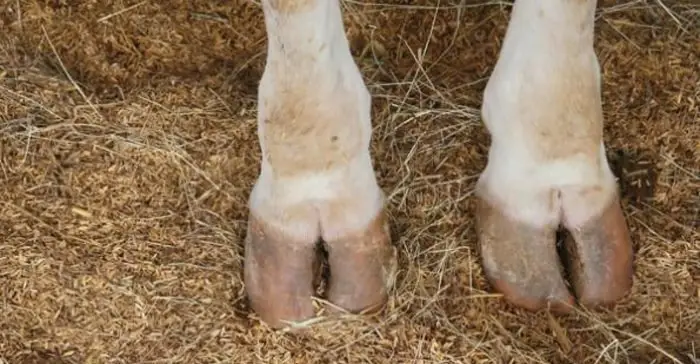
What Antibiotics Treats Foot-rot in Cattle?
Appropriate antibiotics for the treatment of foot-rot includes:
- Sulfur drugs.
- Naxcel.
- Liquamycin LA-200.
- Oxytetracycline.
- Sodium sulfamide.
- Sulfate and other sulfamethazine boluses.
- Procaine penicillin.
- Procaine penicillin and streptomycin.
- Sulfadimethoxine oral solution or powder.
- Tetracycline powder.
Prevention and Control of Bovine Foot-rot
Prevention of foot injuries and footbath use with copper sulfate 5% or formalin 5%, cattle walk through foot bath twice daily that would eliminate the disease in your dairy farm.
Chemoprophylaxis: Feeding of organic iodine (ethylene diamine dihydrocodeine) daily in the feed of cattle or chlortetracycline helps control the disease.
Concluding Remarks on Foot-rot
Foot-rot is a disturbing disease of cattle that affects all age groups. The disease mainly occurs in poor hygiene and maintenance. The humid and wet seasons are vulnerable to the housed cattle. You can prevent the disease by improving the hygienic condition of your farm. A regular check-up by an expert veterinarian will help you to improve the hygiene condition of cattle sheds. I think this article will help you a lot.
